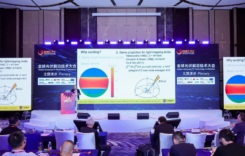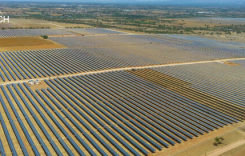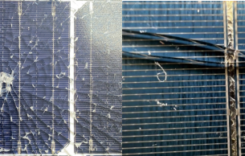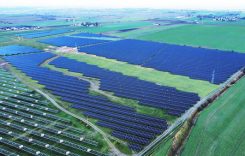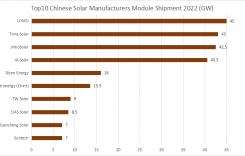PVTIME – A collaborative team from the Changchun Institute of Applied Chemistry in China and LONGi has announced a breakthrough in self-assembled monolayer (SAM) technology. The team published findings in Science that drive the efficiency of perovskite-silicon tandem solar cells to 34.2%. This milestone addresses the long-standing challenge of balancing conductivity, uniformity and stability in next-generation photovoltaic materials.
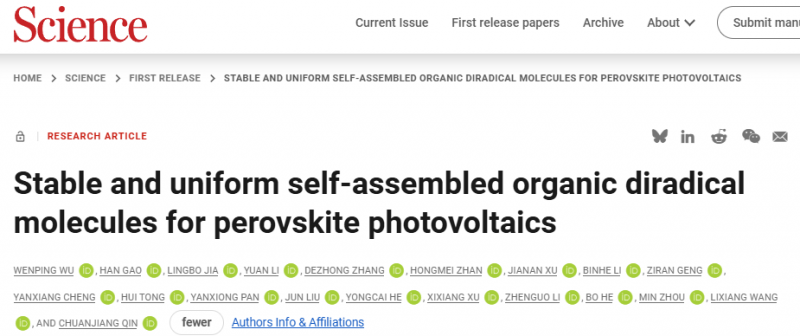
While perovskite solar cells (PSCs) have achieved a power conversion efficiency of over 26.5%, optimising organic hole-selective SAMs has been essential for scaling up the technology. The CAS-LONGi team achieved this by employing a donor-acceptor (D-A) coplanar conjugation strategy to design open-shell diradical SAMs. These molecules enhance hole transport through synergistic molecular interactions, while spatial hindrance engineering ensures exceptional stability and solution processability for large-scale manufacturing.
The new SAMs enabled PSCs to achieve efficiencies of 26.3% (4 mm²) and 23.6% (10.04 cm²). Under 45°C maximum power point tracking conditions, the cells retained 97% of their initial efficiency after 2,000 hours. In silicon-perovskite tandem devices, the technology achieved a certified efficiency of 34.2% (1 cm²), setting a new benchmark for hybrid solar technology.
Industry analysts have noted that this universal SAM design strikes a balance between performance and manufacturability, paving the way for the commercial scaling up of perovskite technologies. LONGi plans to integrate this breakthrough into its next-generation solar products, thereby accelerating efforts to transition to a more sustainable global energy system.

Scan the QR code to follow PVTIME official account on Wechat for latest news on PV+ES



